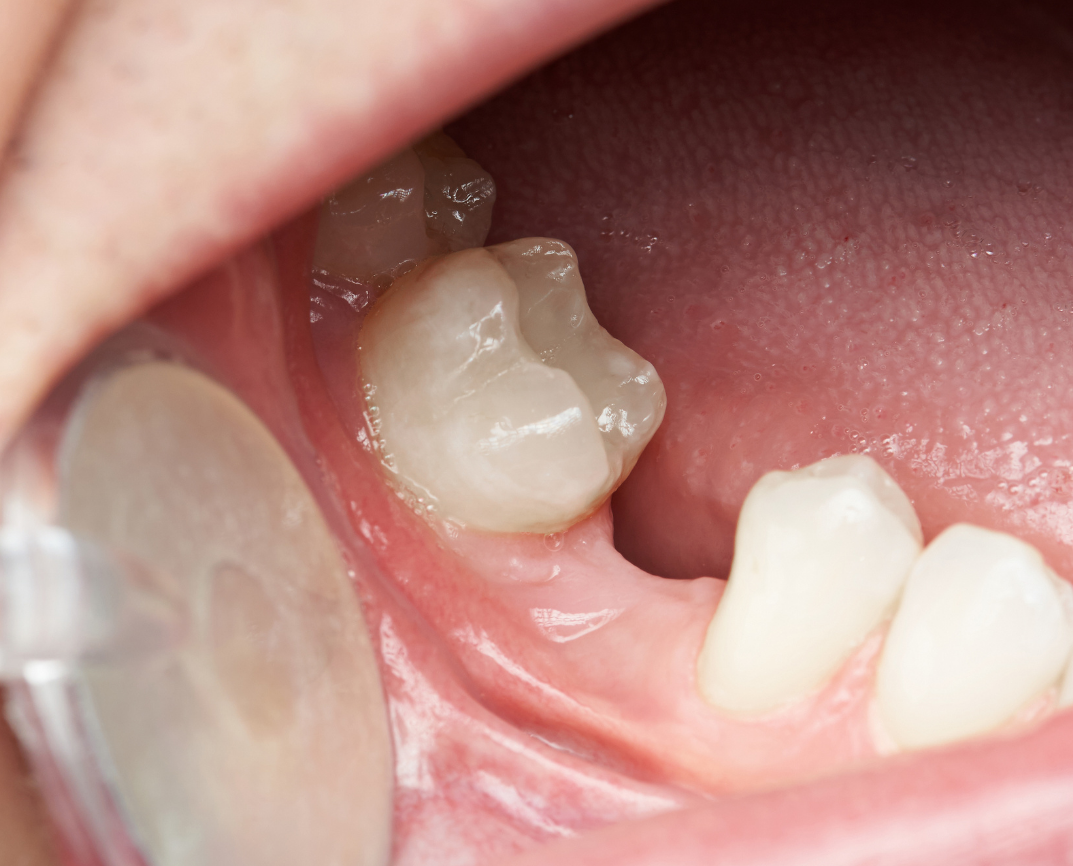In contemporary dentistry, dental implants are an innovative treatment that provides versatile benefits beyond simply replacing teeth. A major benefit of dental implants is their ability to prevent jawbone deterioration, which occurs as a result of missing teeth as told by an implant dentist Houston. To residents of Houston, how dental implants can help in jawbone health can teach them a thing or two about how to be better informed about their oral health. Let’s discuss how dental implants preserve your jawbone, and why they are the best option for tooth replacement.
How Tooth Loss Affects Your Jawbone
When a tooth is missing, the underlying jawbone no longer receives the stimulation required to maintain its density and strength. This is stimulated by the pressure during chewing and biting. When a tooth is missing the bone surrounding the tooth fails to regenerate without stimulation and gradually deteriorates causing what’s known as jawbone resorption.
How Jawbone Loss Is Prevented with Dental Implants?
Mimicking Natural Tooth Roots
They are restorations that mimic the function of a tooth’s roots. They are made up of a titanium post that is surgically implanted into the jawbone. The post replaces the missing tooth root and provides the same needed stimulation to the bone when you chew and bite.
Osseointegration Process
One of the primary reasons why dental implants do such an effective job at preventing future jawbone loss is the osseointegration process. This is a procedure during which the titanium post merges with the jaw, making a durable and stable base for the artificial wounded. Osseointegration also promotes implant longevity and prevents bone loss by stimulating the jaw, thus preventing deterioration.

Long-Term Benefits
Maintaining the jawbone with dental implants provides long-term benefits:
- Improved Stability: Dental implants allow new teeth to be as close to natural function as we can achieve, giving stability in both bite and appearance — no more slipping dentures.
- Enhanced Oral Function: Implants allow a person to chew and speak normally, just like natural teeth.
- Aesthetics: This health advantage allows a person to keep their face and jawline structure, maintaining a youthful appearance.
The Dental Implant Procedure
- Consultation and Planning: Before getting dental implants, the first thing you need to do is a detailed consultation with a dental professional. Besides, the condition of the patient’s dental health, bone density, and health record are analyzed in detail. X-rays or CT scans may also be used to evaluate your jawbone and plan the placement of the implants.
- Implant Placement: The implant placement procedure is usually done under local anesthesia. With a dental drill, the surgeon drills a post-sized hole into the bone and places a titanium post (the implant) which will serve as a root. After a firm implant placement, the gum is stitched, and the healing process is initiated.
- Healing and Osseointegration: The time it takes for a dental implant to heal varies, but osseointegration usually takes a few months. In this interval, the patient may be given a temporary crown or bridge to maintain aesthetics and function.
- Final Restoration: Once osseointegration is achieved, the final phase involves placing the abutment and the prosthetic tooth (crown) into the implant. This crown is custom-made to the color, shape, and size of the natural teeth, making it blend seamlessly and look natural.
Dental implants in Houston can help residents protect oral health, maintain the structure of the face, and enhance overall quality of life. However, the best treatment relies heavily on performing the proper consultation with the right dental professional when considering dental implants. Dental implants are an investment that can reap lifelong benefits such as a healthy and confident smile with the right care and maintenance.





